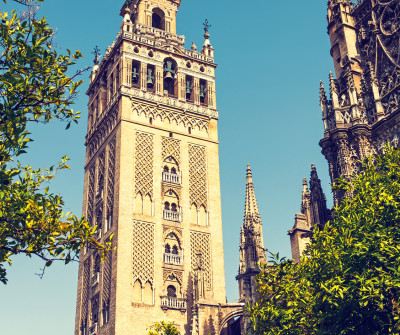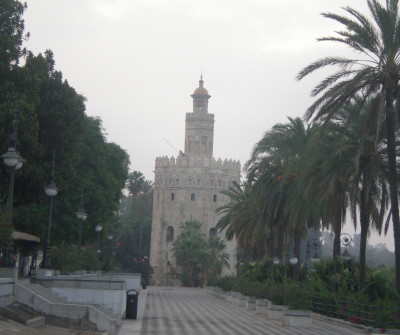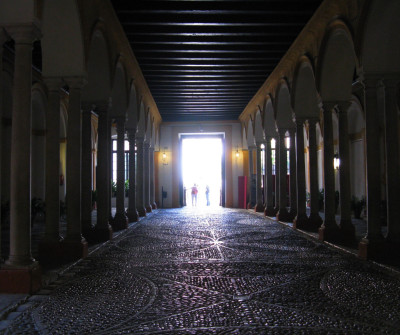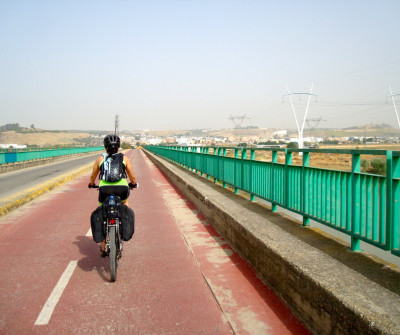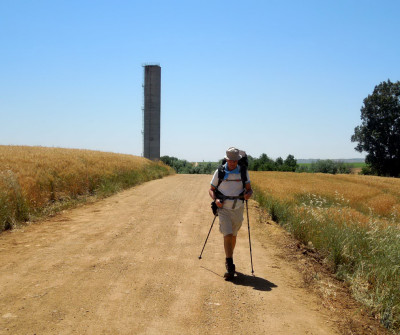The Vía de la Plata or Southern Way starts in Seville. Before you leave for the Camino, you ought to take a stroll around the most interesting tourist attractions in the city: its Gothic Cathedral of Santa María, the beautiful tower of La Giralda, and the Alcázar, a set of palaces in different artistic styles with one of the most remarkable gardens in Spain. A visit to the Torre del Oro and the Plaza de España, with its representation of all Spanish provinces, is also recommended.
READ MOREThe Vía de la Plata leaves from the Cathedral to the square Puerta de Triana and crosses the River Guadalquivir. Do not take the detour towards Camas, just continue to the right on the riverside for about a mile. You must pay attention to signs leading you to Santiponce. There, you can see the ruins of the old Roman city of Italica, after completing 7 kilometres of the Camino.
The Avenida Extremadura leads you straight to Guillena. You can cross a stream, the Galapagar, or bypass it through a parallel path leading to this village. Here you can see the Mudéjar church of Virgen de Granada, built in the 15th century. In Guillena, you can visit its interesting town hall and check some of its walkways (Las Panajosas, El Gergal...).
How to get to Sevilla
Tips from our postmen and women
What to see and do in Sevilla?

"In Seville, once you leave the Cathedral, you cross the River Guadalquivir through the Puente de Triana to the neighbourhood of the same name. This is the oldest iron bridge in Spain. Before that, there used to be the so-called Puente de Barcas - a pontoon bridge made up of wooden planks on thirteen boats moored across the Guadalquivir. The views over the river, the Calle Betis on the one side, and the skyline of Seville with the Giralda in the background on the other are just breath-taking. I would suggest a walk at dusk. The colours are incredible.
When you cross the river, you will see a small but neat Chapel of the Virgen del Carmen, the patron saint of seafarers, to your right. It was designed by the same architect as the Plaza de España, Aníbal González. After that, you will reach the renowned Mercado de Abastos. The ground floor tells a part of Triana’s history. Already the Visigoths built a fortress on this site to defend the city.
It is the Castillo de San Jorge. When Ferdinand III of Castile took the city in 1248, the castle was used by the Military Order of Saint George, patron of knights and soldiers. Maybe the most infamous aspect of this space on the old pier is that the Castillo was the headquarters of the Spanish Inquisition and the image of this institution in Europe since 1481. The Paseo de la O runs parallel to the riverbank to Seville’s city limits”.
What to see and do in Guillena?

“During your stay in Guillena, you can enjoy the Tourist Centre (Centro de Interpretación Turística) where you can find an audiovisual project on the Camino.
A pilgrim narrates his experience doing the Camino 40 years ago with his father, and how it is now. This building used to be a castle during Moorish times, and there is also an audiovisual exhibition about this period. From the terrace, you can see the whole town”.


 Filter
Filter